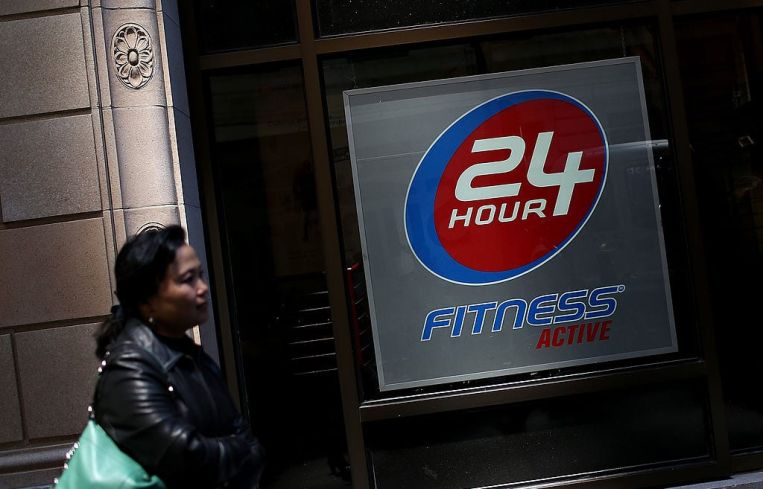U.S. Retail Rent Collections Up From July, Down 19 Percent From Last Year
By Chava Gourarie August 21, 2020 3:37 pm
reprints
Retail rent collections have continued to pick up, even as the coronavirus pandemic continues unabated in parts of the country.
The hardest hit sectors, such as movie theaters, fitness centers and some restaurants, have shown the most drastic turnaround even as they lag behind in total collections, according to data from Datex Property Solutions on rent collected for the month as of August 15.
Nationally, retail rent collections stood at 73 percent, up 4 percent, compared with the same time last month, and down 19 percent compared with last year, Datex data shows.
The four worst performing sectors showed the most improvement since June, when most states had ended their COVID-related shutdowns.
Movie theaters had the lowest collection rate as of August 15, with just 36 percent of rent collected, compared with 99 percent last year. But that was a significant improvement over June, when just 11 percent of theater rents were collected.
Specialty restaurants had an even more dramatic comeback. Rent collections stood at 47 percent, down 50 percent from last year, but up nearly 500 percent since June, when just 8 percent of rent was collected by the sector as a whole.
Rent collections for both apparel and fitness also stood at about 50 percent, down 47 percent for each compared with last year. That’s an improvement over June, when rent collections for the fitness sector stood at 13 percent, a jump of 276 percent, while apparel notched a more modest 63 percent increase, up from 29 percent in June.
In some sectors, bankrupt retailers are bringing the average down since they’re paying zero in rent, obscuring the degree to which reopened retailers are or are not paying rent. Companies paying zero rent include Century 21 Stores, 24 Hour Fitness, Ann Taylor and Men’s Warehouse, most of which have entered bankruptcy proceedings since the pandemic began.
Supermarkets, drug stores, banks and office supplies were the best performing sectors, with rent collections at above 95 percent.
Datex data is based on brands with 10 or more stores, or $250,000 or more in monthly rent.
The data is not specifically same-store data, and reflects the brand’s portfolio at the time of reporting, according to Datex. The data is based on actual gross rent charges factored against actual gross rent collections, as of the time of reporting.



